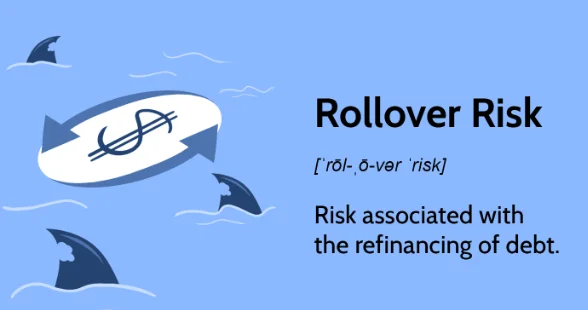
Futures are now understood to be contracts that are valid for a set period of time. Given this, any futures contract has a maximum life of three months. Any expiry date for both futures and options contracts is always on the last Thursday of each month.
Some traders, however, may wish to hold their positions and take the same position for the next series of a contract. In such cases, the current position would have to be terminated before the expiration date. This is what the term “rollover” means in the stock market. “Rolling over the position” is a popular term for this activity.
If traders believe that their positions will be more profitable if they are carried forward to the next series of a contract and another date of expiry, they may want to engage in rollover activity. Traders may choose rollovers when they have information about the sector in which they trade.
The Rollover in the Stock Market – How it Works
How does the stock market’s rollover mechanism work? A better question would be, “How and when do rollovers occur?” Now that you understand what a rollover is, you should be able to answer all of these questions clearly.
In India’s stock markets, equity derivatives have an expiry date that corresponds to the last Thursday of each month. As a result, a rollover can occur until the end of a trading session on that particular day. The majority of rollovers occur at least a week before the expiry date of a futures contract and continue until the last moment of the expiry date. These contracts are then “rolled over” to the following month.
How Does a Rollover Work in India?
Contract settlement occurs on the last Thursday of each month in India. Contract settlement takes place on Wednesday if that day is a holiday. The rollover is completed until the expiry day’s close of trading hours; a portion of the rollover begins one week before the expiry. The rollover procedure is carried out on the trading terminal via a spread window.
It is possible for anyone holding a one-month futures contract to carry the position forward to the next month. The investor can do so by entering the spread at which he or she wishes to roll over the position in the next month.
How are Contracts Rolled Over and Work in India?
In India, equity derivatives contracts are decided and settled on the last Thursday of each month (if Thursday is a public holiday, the settlement occurs the day before Thursday, which is Wednesday). While rollovers are completed until the end of trading hours on that day, they begin a week before the expiry date.
Positions, on the other hand, are rolled over to the next month on the trading terminal via a spread window. For example, if a trader owns one Nifty futures contract that is about to expire in May, he would enter to carry forward this position to May by entering the spread at which he wants to roll over the positions to June. Previously, it was a two-step process, but this spread window has made it easier for all Indian traders to rollover.
How to Interpret in Rollovers?
Typically, rollover is expressed as a percentage of total positions. There are no specific rollover benchmarks.
They are, however, compared using historical data, primarily the trailing three-month average.
Rollover, in general, is an indicator of traders’ willingness to carry forward their bets on the market. However, the figures will not reveal which way traders are betting.
On several occasions, lower-than-average rollovers indicate uncertainty, whereas higher rollovers indicate intense market sentiment.
If the rollover in future Nifty starts from May series to June is 70% and the three-month average is 65%, it means that all traders are willing to build more positions and are confident in their market views.
However, rollover trends can sometimes lead in the wrong direction.
For example, a 70% rollover could have occurred at a lower open interest, which is the number of outstanding positions.
While an average of 65% rolls would have occurred at a higher open interest base.
How to Access Rollover data?
Unlike trading data, rollovers are not clearly captured by several exchange websites. Many analysts instead depict rollovers by simply calculating and grouping massive amounts of trading data.
Are Rollover possible in option?
Rollovers are only possible in the future, not in options. This is due to the fact that futures must be settled at the expiration date, whereas options may or may not be exercised.
However, this does not rule out the possibility of other options. Some traders confirm their rollover explanation by examining multiple changes in the implied volatility (IV) of options with similar expiries.
A strong bullish rollover and high implied volatility indicate a strong positive sentiment.
FOR MORE INFO CLICK THIS SITE:https://learningsharks.in/
FOLLOW OUR PAGE:https://www.instagram.com/learningsharks/?hl=en
